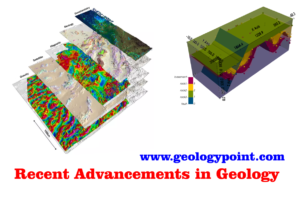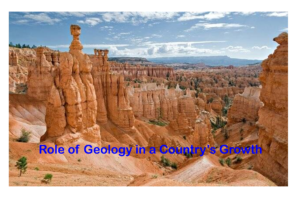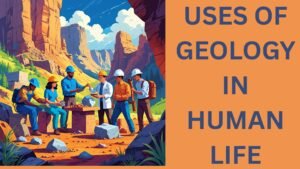Have you ever looked at a mountain and wondered how old it is? Or picked up a rock and imagined where it came from? For a geologist, those aren’t just passing thoughts—they’re daily curiosities turned into careers. But what is the actual day-to-day life of a geologist like? Is it all about rock hammers, dirt, and dusty boots? Or is there more to the story? Let’s take a walk—sometimes quite literally—into the world of a geologist.
Not All Heroes Wear Lab Coats—Some Wear Hiking Boots
Unlike most jobs, being a geologist isn’t confined to a desk. In fact, it’s one of the few professions where your “office” might be the side of a cliff one day and a remote desert the next.
Fieldwork is the heart and soul of geology. Whether it’s mapping rock formations, collecting soil or rock samples, or analyzing structural patterns, geologists spend a lot of time outdoors, often in challenging terrains. This can mean trekking miles in rugged landscapes, facing unpredictable weather, or camping in areas with zero mobile signal.
And yes, your boots will get muddy. Your clothes might smell like sulfur. But the thrill of discovering a new mineral vein or walking on a fossil-rich outcrop is a reward like no other.
But It’s Not All Fieldwork—There’s Lab and Desk Time Too
After the field comes the lab and office work. Once samples are collected, they go through rigorous testing, everything from microscopic studies (using a petrographic microscope) to geochemical analysis or radiometric dating.
Geologists also spend significant time on computers. They use GIS (Geographic Information Systems), AutoCAD, and other mapping software to create detailed maps and 3D models. They interpret seismic data, analyze borehole logs, or run simulations on rock behavior under stress. So, there are days when a geologist is just like any other professional—eyestrained, coffee-fueled, and neck-deep in data on a screen.
No Two Days Are the Same
This is what keeps geology exciting—variety. One week you could be:
- Mapping a volcanic terrain.
- Logging core samples from a drill site.
- Flying drones to scan surface features.
- Teaching a university class.
- Or presenting research at an international conference.
Geologists wear many hats—scientist, explorer, analyst, advisor, and sometimes even activist, especially when dealing with environmental issues like groundwater contamination or mining impact.
The Field: Beautiful, Brutal, and Beyond Compare
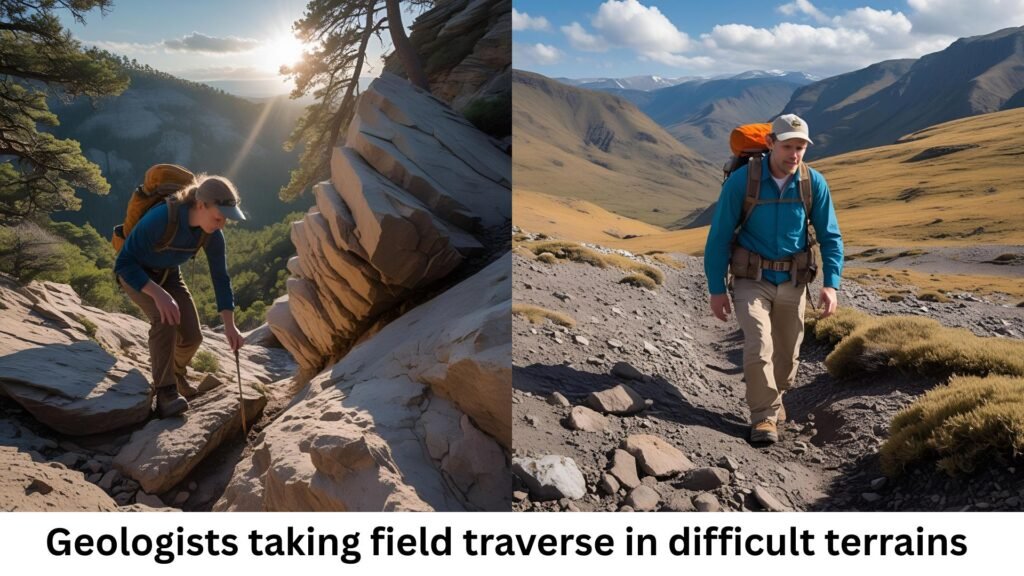
Let’s talk more about field life—because it’s where many geologists find their true calling.
You rise with the sun. The landscape might be a remote hill in the Himalayas or a limestone quarry in central India. You carry a rucksack full of tools: compass, clinometer, hand lens, GPS device, field notebook, and of course, a trusty rock hammer.
You hike, observe, take notes, sketch cross-sections, photograph outcrops, and collect samples. Sometimes you’re racing against weather, trying to finish before a storm or sunset. Lunch might be a biscuit under a tree, shared with monkeys. And by the time you’re back to your tent, you’re sunburnt, sore, and absolutely in love with your job.It’s not glamorous. But it’s grounding—in every sense of the word.
The People Side of Geology
Geologists often work in teams. Whether in a government survey, private exploration company, research institute, or university, collaboration is key. You’ll work with:
- Engineers (for infrastructure projects),
- Environmentalists (for impact studies),
- Hydrologists (for groundwater surveys),
- GIS experts, lab technicians, and more.
You also interact with locals in field areas—sometimes needing to explain your work to village elders or train local laborers on sample handling. Communication and people skills? Super important!
Industries That Need Geologists
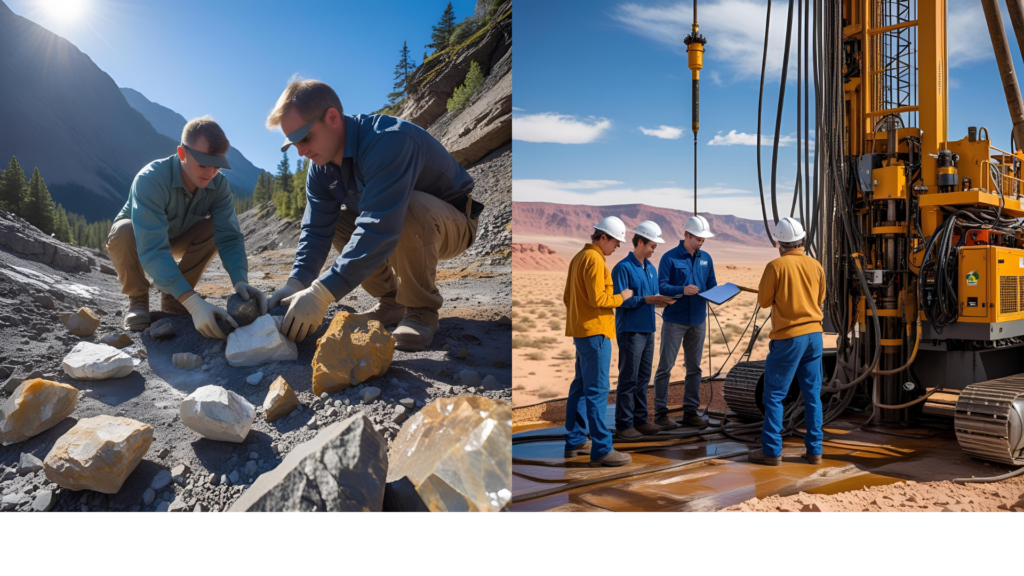
Geologists aren’t limited to one type of work. Their expertise is needed in various sectors:
- Mining and Mineral Exploration – Finding and evaluating ore bodies.
- Oil & Gas – Interpreting sedimentary basins and reservoirs.
- Water Resource Management – Mapping aquifers and recharge zones.
- Engineering Geology – Ensuring stable ground for buildings, roads, and dams.
- Environmental Geology – Assessing pollution, soil erosion, or climate impact.
- Academia & Research – Teaching and discovering new insights about Earth.
- Remote Sensing and GIS – Analyzing satellite data to understand surface geology.
The diversity is incredible. You can choose to be outdoorsy, analytical, academic, or all three.
Challenges of the Job
Like any profession, geology isn’t always easy:
- Fieldwork fatigue: Tough conditions, long treks, and limited facilities.
- Unpredictability: Weather, terrain, or data might not cooperate.
- Health risks: From dehydration to snake bites, especially in remote areas.
- Isolation: Long field postings can mean time away from family and comfort.
- Funding issues: Research or exploration projects often depend on tight budgets.
But most geologists accept these as part of the journey. In fact, they’ll tell you the hardship makes the discovery more meaningful.
Why People Love Being Geologists
Despite the sweat, mud, and mosquitoes, geologists are often some of the most passionate professionals you’ll meet. Why?
- By solving real-world problems, they can prevent landslides and find sustainable water sources.
- Because they’re constantly learning, Earth is a 4.6-billion-year-old puzzle.
- Because they travel and explore places most people never see.
- Because they make a difference in how we understand and use our planet.
For a geologist, no rock is just a rock. Every pebble has a story. Every cliff has a history. And every map is a new adventure waiting to happen.
Final Thoughts: A Profession Grounded in Curiosity
The work-life of a geologist isn’t always clean, calm, or convenient. But it’s deeply fulfilling, scientifically rich, and often breathtaking.
Whether you’re a student considering this career, a curious outsider, or a geologist yourself nodding along, we hope this glimpse into the geologist’s world reminds you that science isn’t just in labs and books. Sometimes, it’s out there in the wild, waiting under your feet.
So the next time you see someone hammering at a cliff face or scribbling notes beside a roadside outcrop, smile at them. They might just be unraveling a billion-year-old secret.


